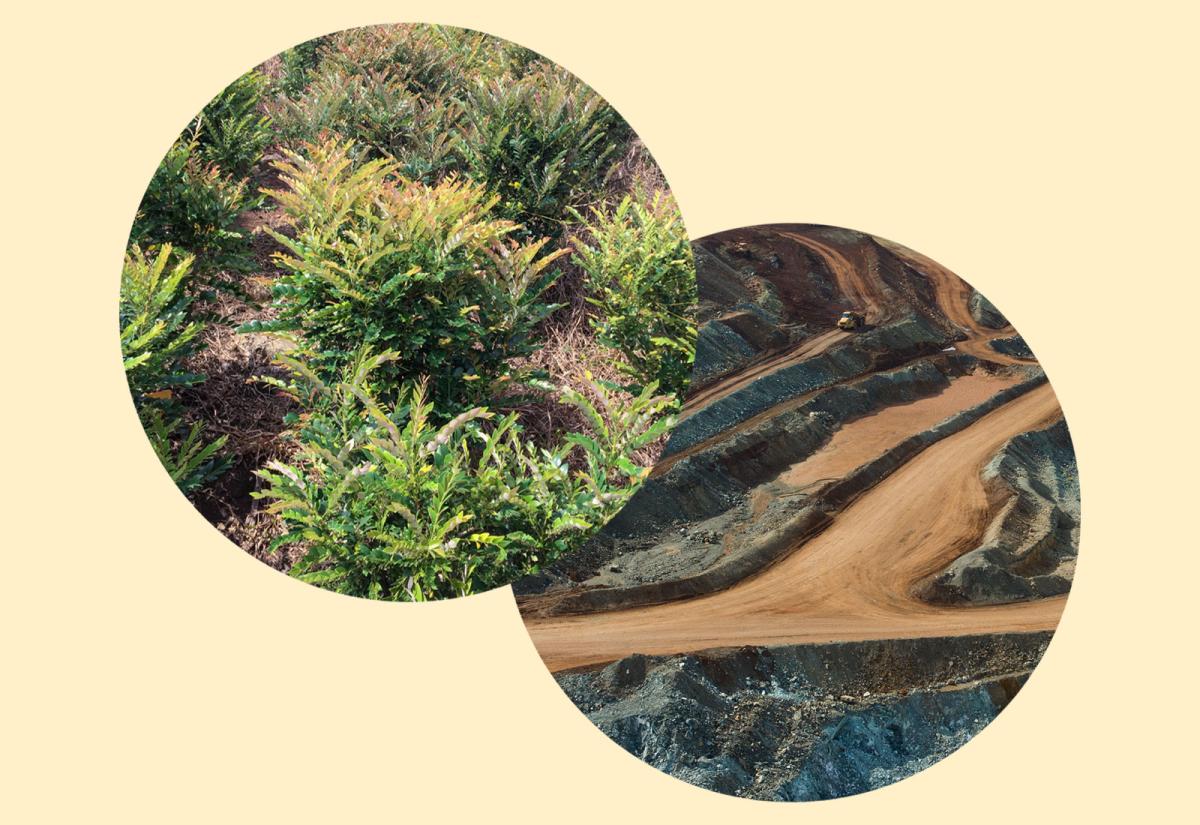Malaysia’s Kinabalu Park, which surrounds Mount Kinabalu, the 20th-largest peak in the world, is home to a nickel mine like none other. In lieu of heavy machinery, plumes of sulfur dioxide, or rivers red with runoff, you’ll find four acres of a leafy-green shrub, tended to since 2015 by local villagers. Once or twice per year, they shave off about a foot of growth from the 20-foot-tall plants. Then, they burn that crop to produce an ashy “bio-ore” that is up to 25 percent nickel by weight.
Producing metal by growing plants, or phytomining, has long been tipped as an alternative, environmentally-sustainable way to reshape – if not replace – the mining industry. Of 320,000 recognized plant species, only around 700 are so-called “hyperaccumulators,” like Kinabalu’s P. rufuschaneyi. Over time, they suck the soil dry of metals like nickel, zinc, cobalt, and even gold.
While two-thirds of nickel is used to make stainless steel, the metal is also snapped up by producers of everything from kitchenwares to mobile phones, medical equipment to power generation. Zinc, on the other hand, is essential for churning out paints, rubber, cosmetics, pharmaceuticals, plastics, ... Read more
